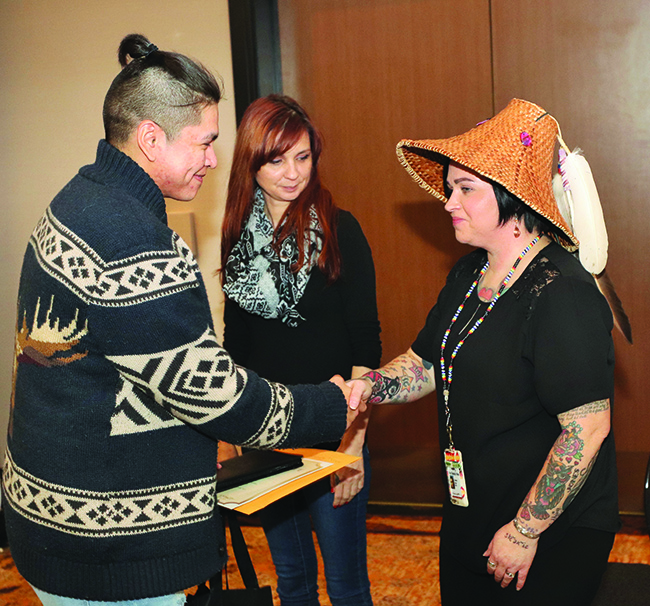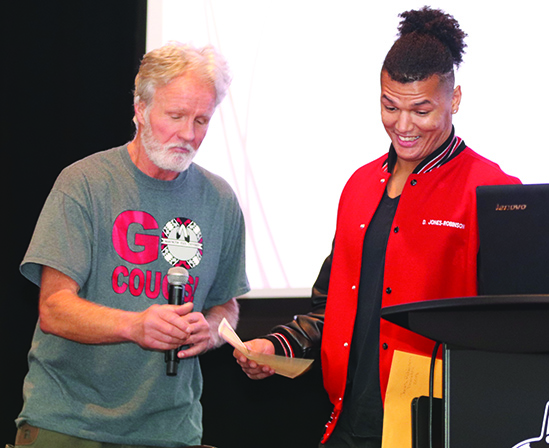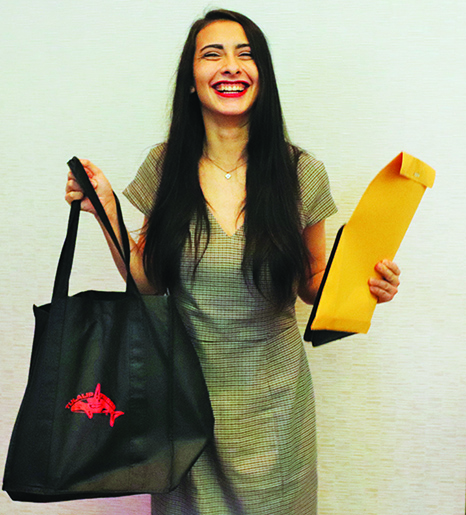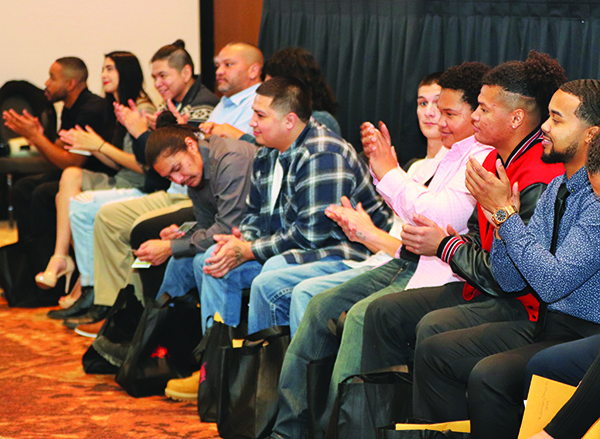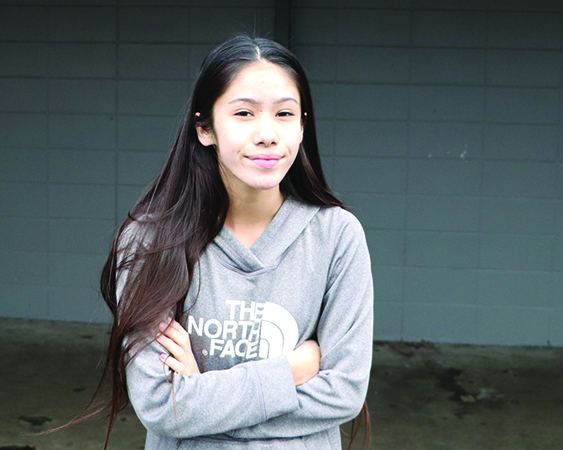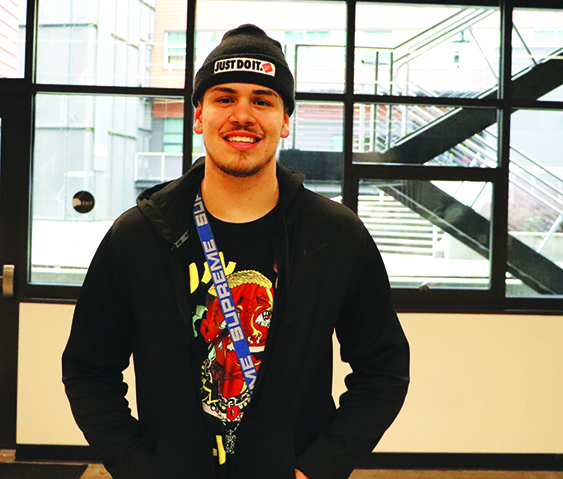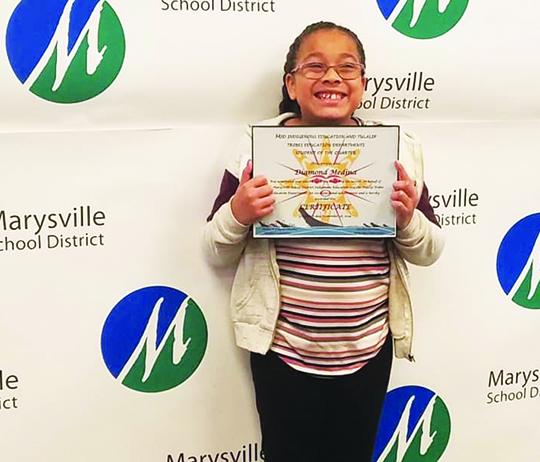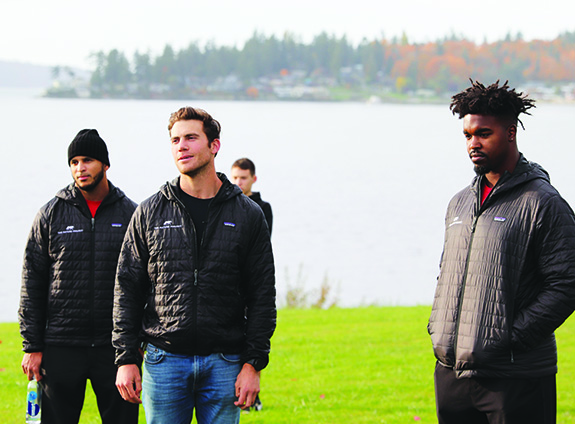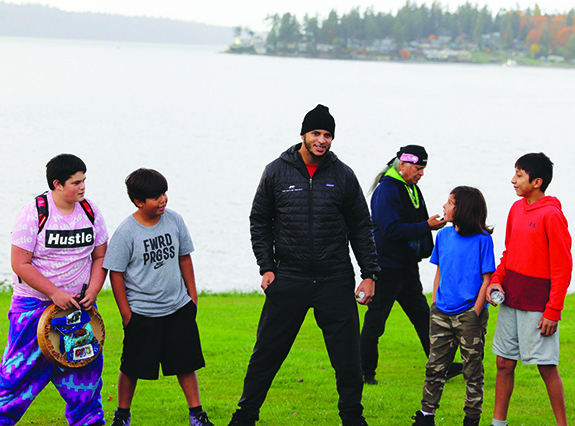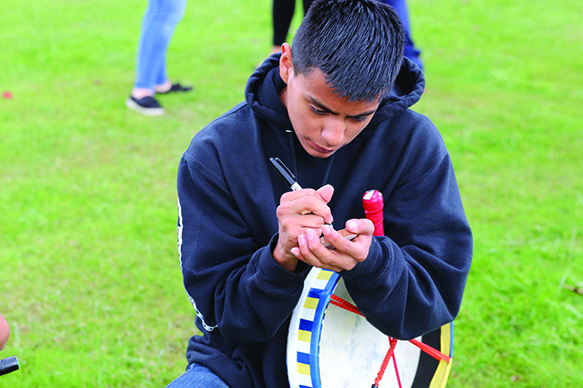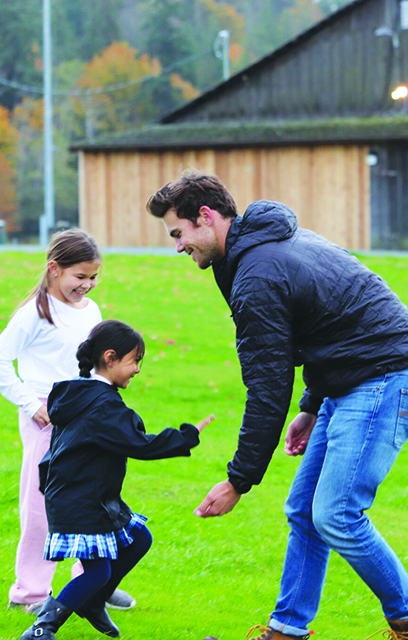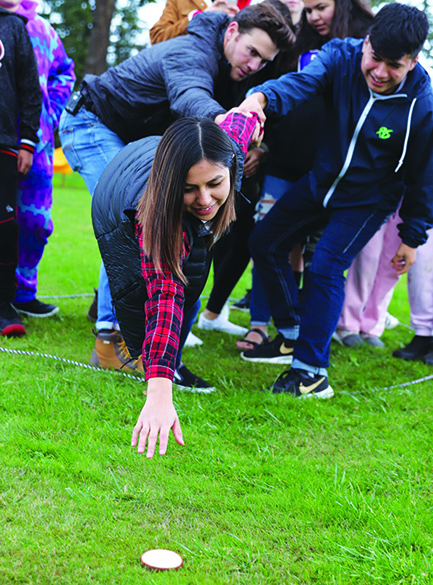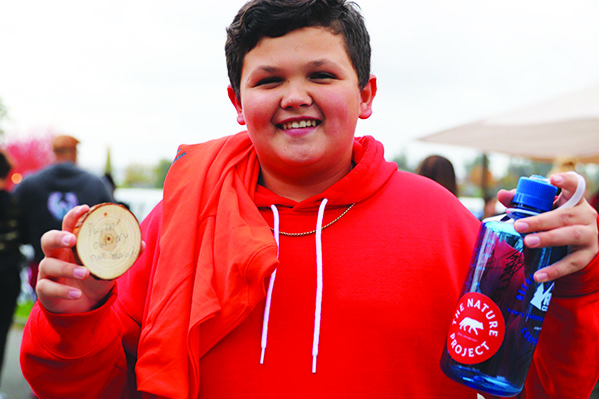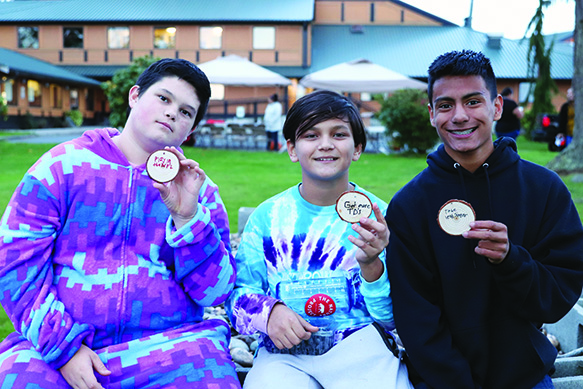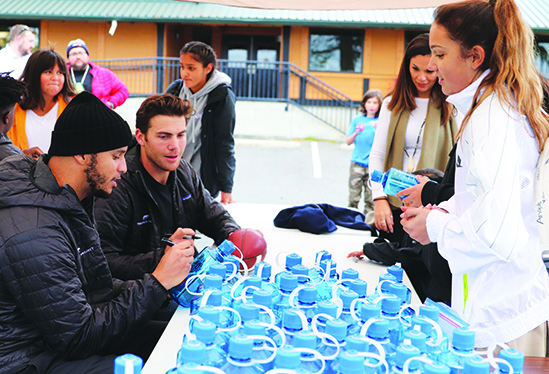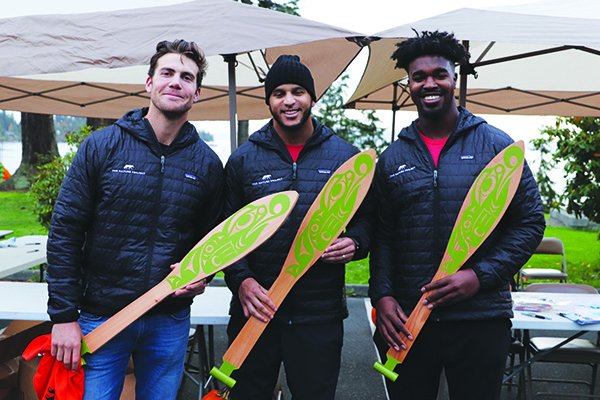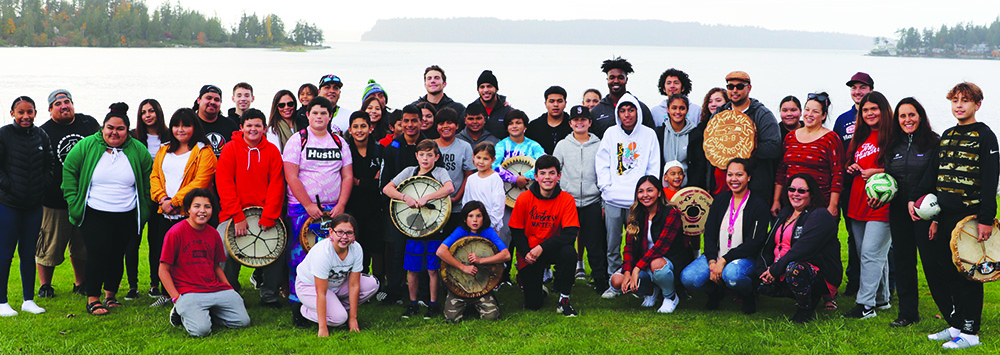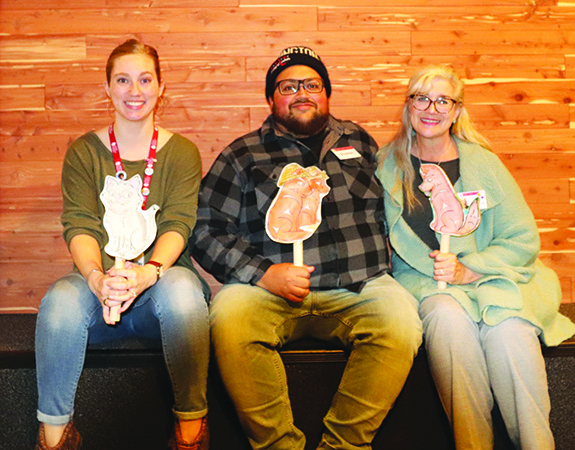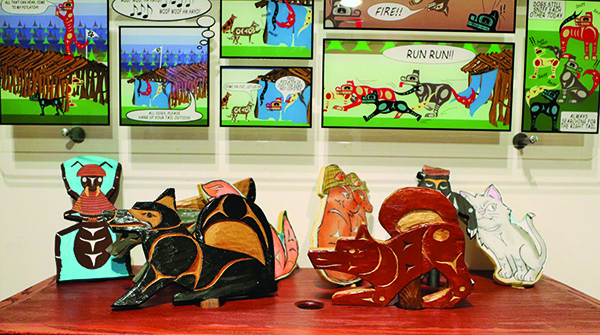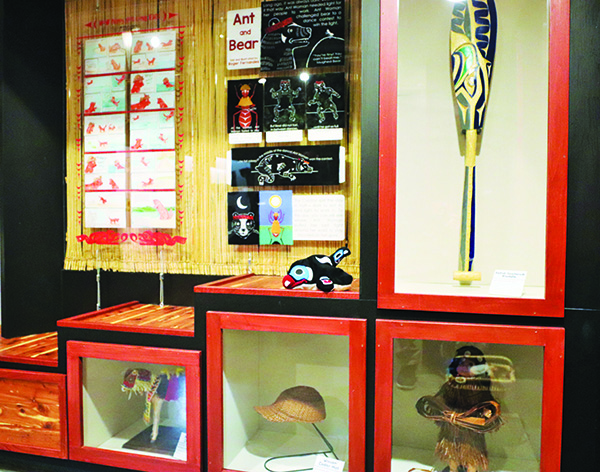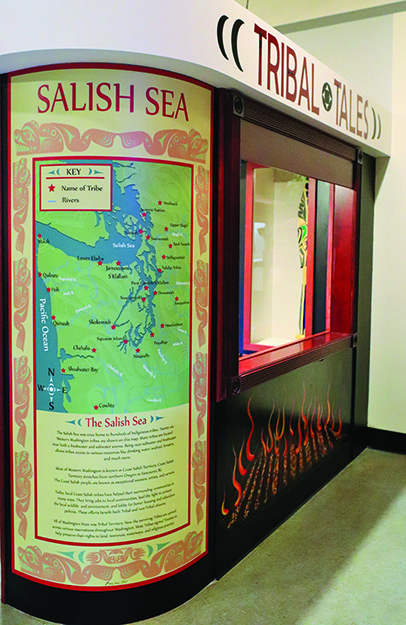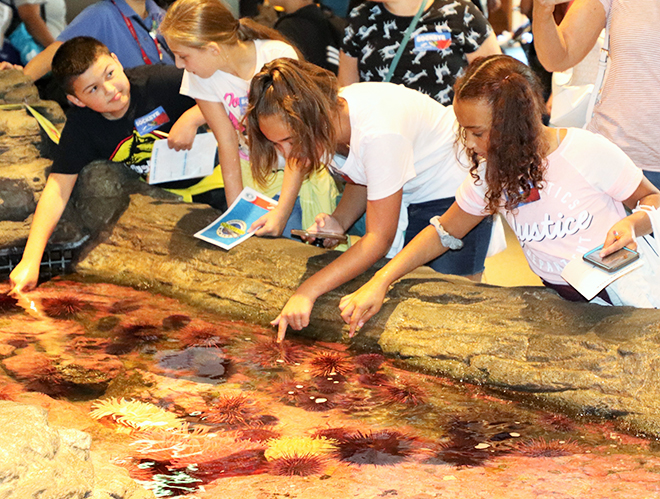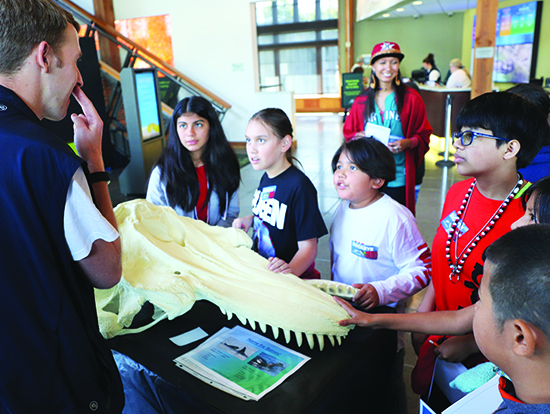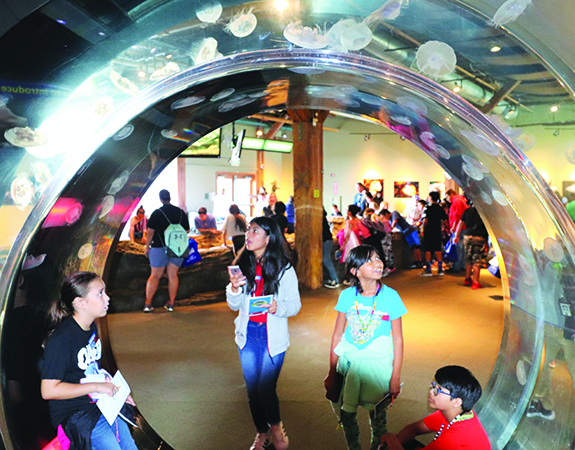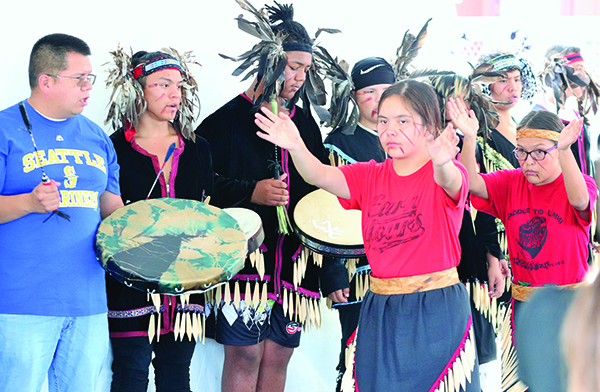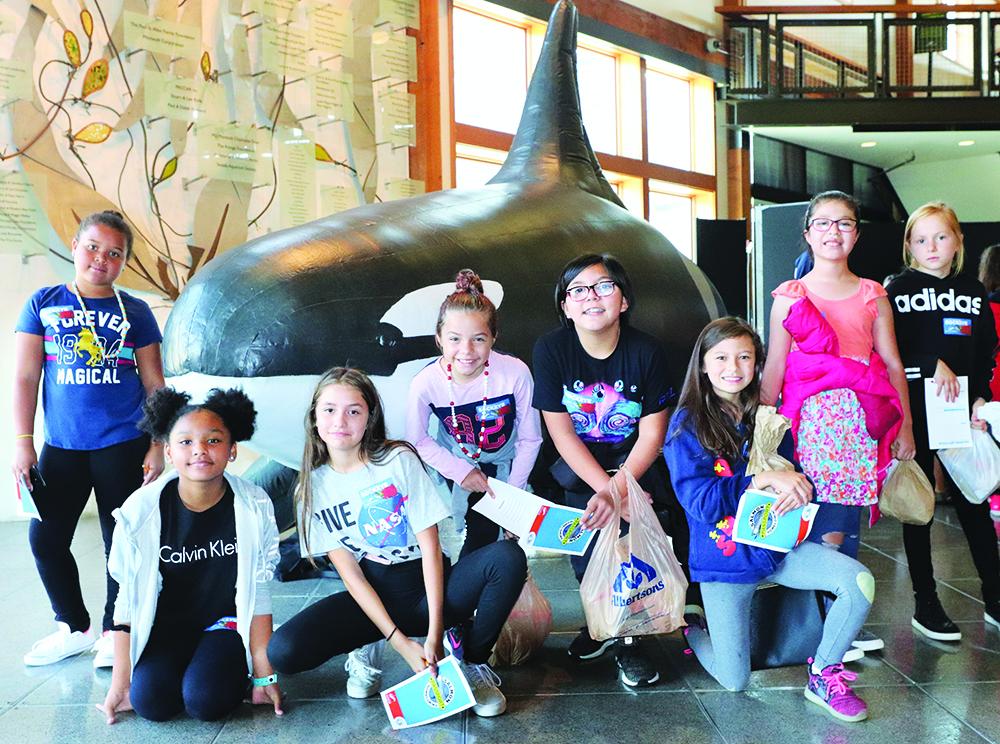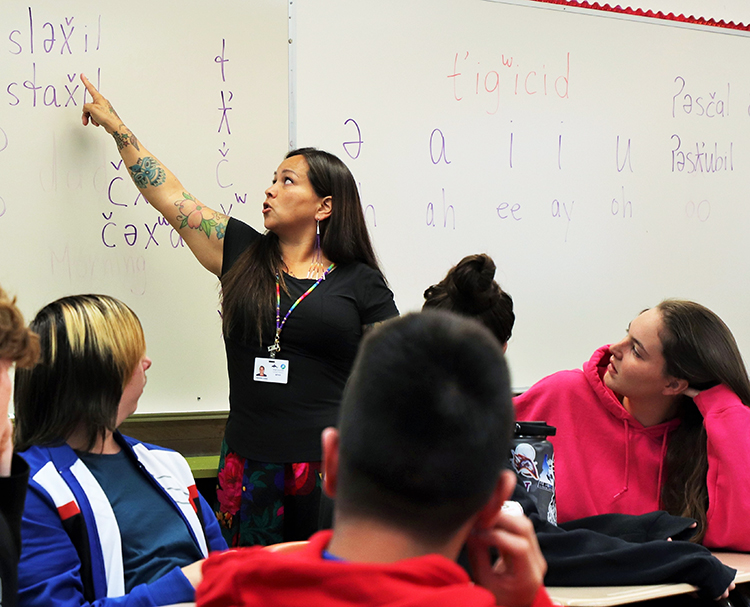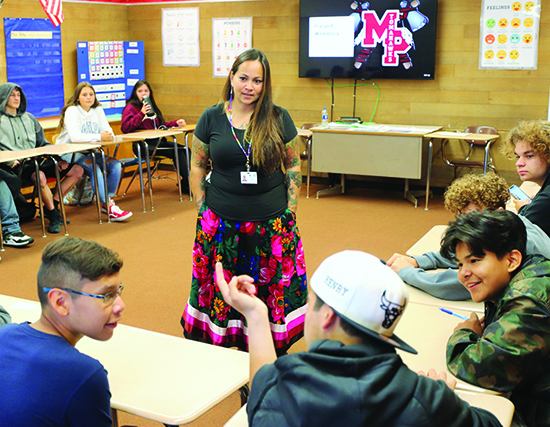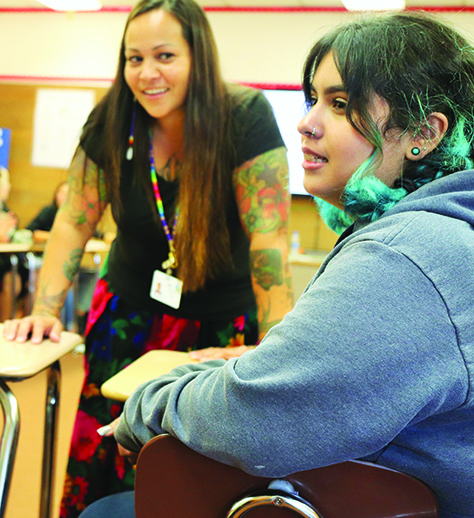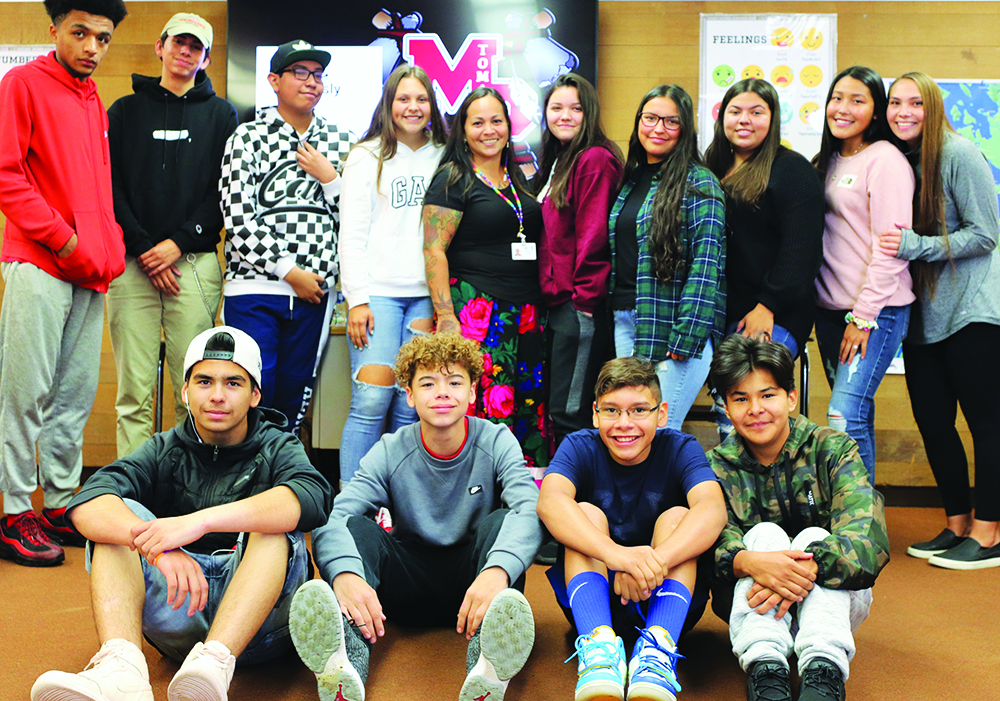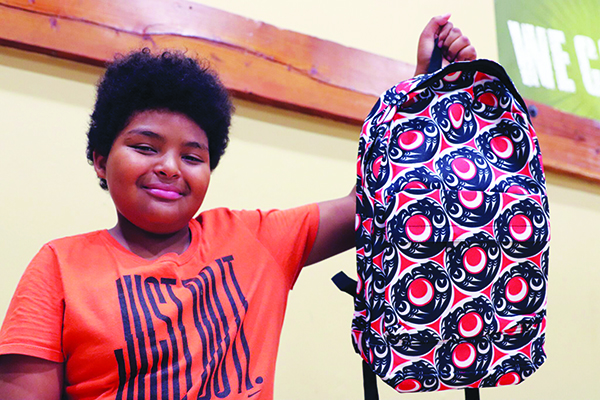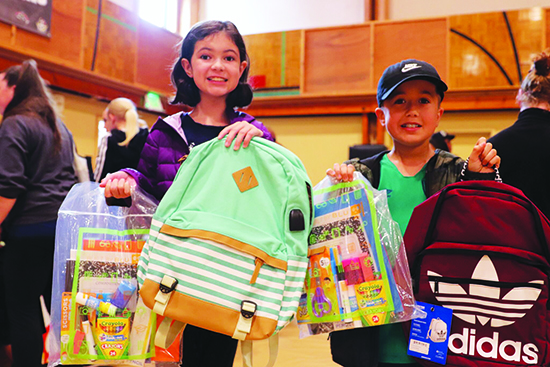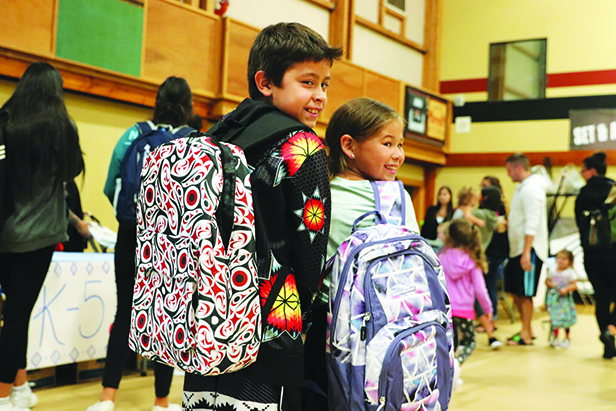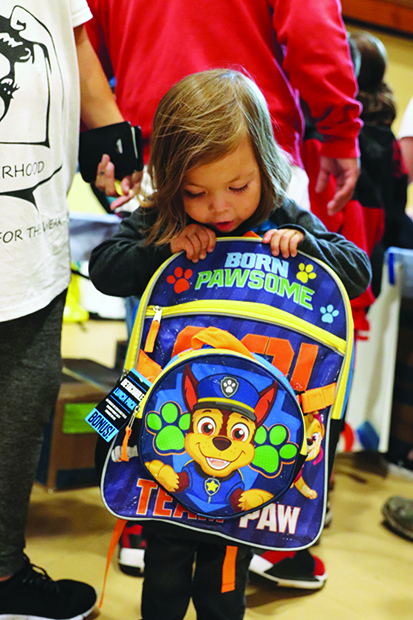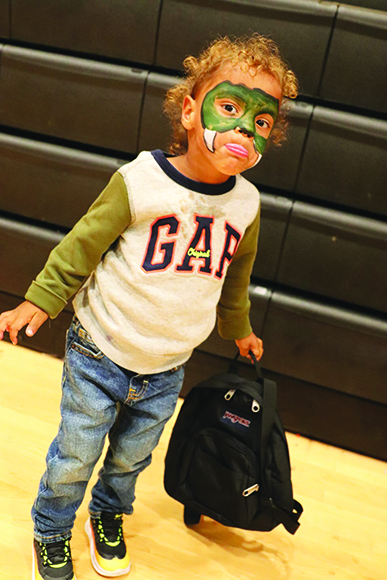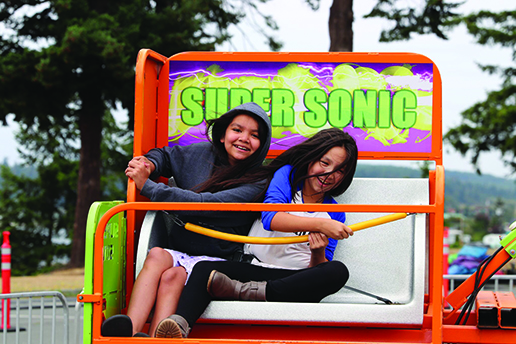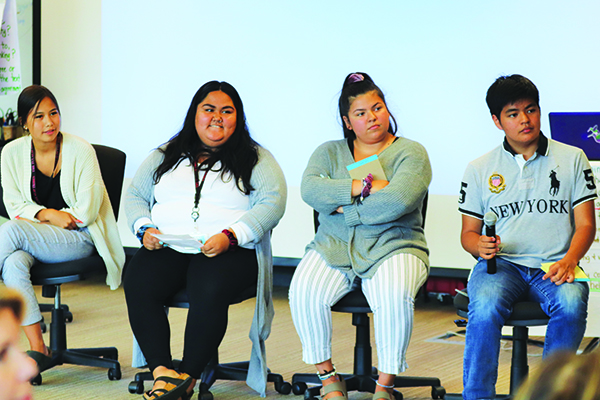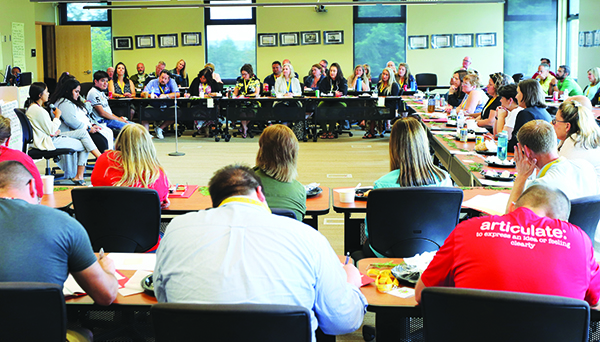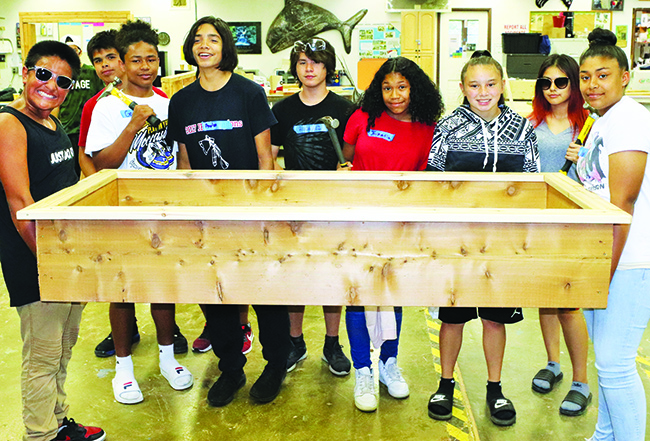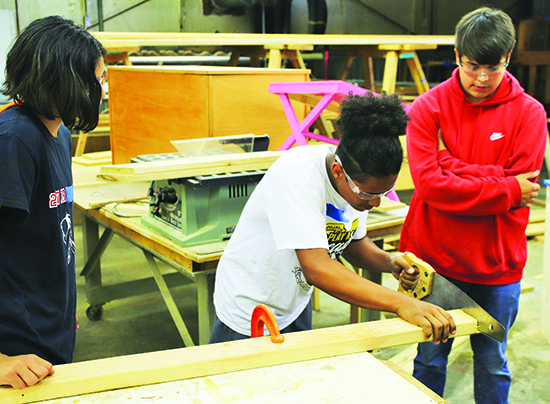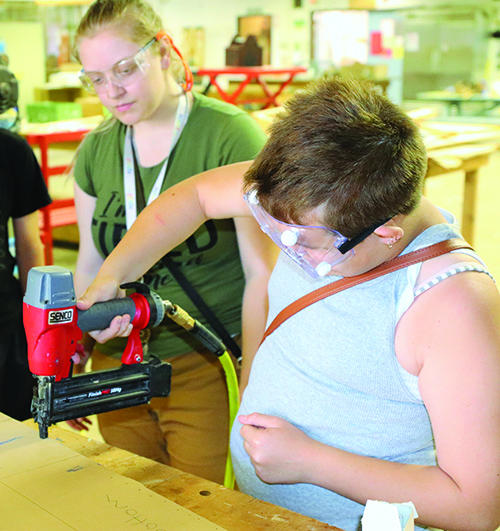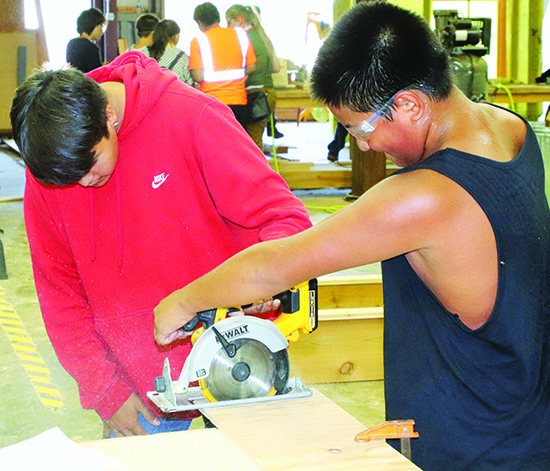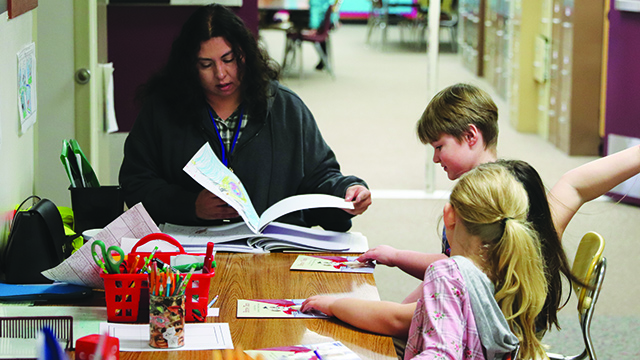
By Kalvin Valdillez, Tulalip News
Through a locked door and down a short flight of stairs is a room that is about twenty-degrees warmer than the rest of Liberty Elementary school. Signs that read, ‘Caution flammable!’ cover pumps and tanks that vary in both size and shape. The boiler room requires the school’s maintenance team to arrive hours early to ensure the school is warm enough for students in the morning. The heat from the boilers is carried throughout the school to several radiators that both retain and omit the heat.
Not only are the hot radiators a first-degree burn accident waiting to happen, but the entire student body and faculty are in harm’s way of an explosion from pressure or chemical combustion, should someone untrained or curious try to regulate the facility’s temperature.

The Marysville School District (MSD) is claiming that two of their elementary schools are outdated and well past the point of renovation and are asking for support from their community. Liberty Elementary was built in 1951 and has helped mold young, local minds for nearly seventy years, while Cascade Elementary was established only six years later in 1957.
Aside from depending on the boiler system as a source of heat, both of the schools are facing a number of challenges due to the advancement of time and technology, which in many instances places their students at a learning disadvantage, including the capability to efficiently support the myriad of electronics of modern day.

Another issue the schools must address is the lack of space. Students are often seen working on one side of the hallway while cabinets filled with files and supplies line the opposite side. While each school has numerous classrooms throughout their respective buildings, they are merely sectioned off by adjustable walls and contain no doors, leaving the students exposed to danger should there be a need for lockdown, as well as open to distraction from nearby classrooms and kids wandering the halls.
And to make matters worse, the school nurse’s office at Liberty is located down an empty corridor with a large sheet covering the entryway for privacy.
“I went to Liberty and I’m 62, so it’s been there for a long time,” said Tulalip tribal member and Chairman of Citizens for Marysville Schools, Ray Sheldon Jr. “The school district is wanting to replace Liberty and Cascade. I’m hoping we can get the amount of support up in the Tulalip area, so when the time comes for Heritage [High School] and Quil Ceda Tulalip [Elementary], it won’t be such a headache.”
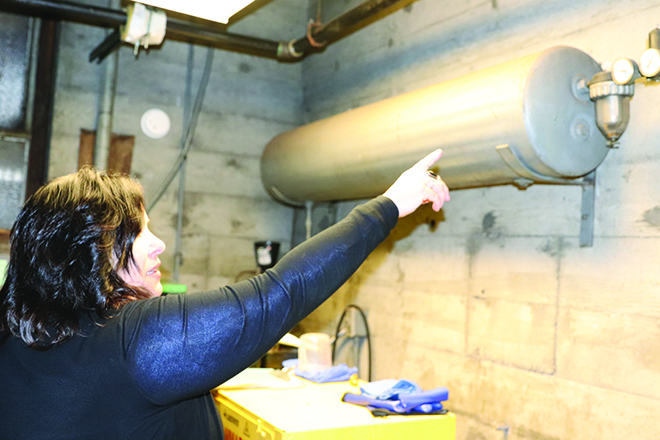
MSD is purposing a six-year capital levy of $1.93 per $1000 of assessed home value, equaling out to approximately $710 for taxpayers per year until 2026. The capital levy will not only provide the necessary funds to demolish and rebuild the two schools, it will increase safety for all schools within the district by paying for security cameras.
“They used to build schools with bonds, but you had to have 60% plus one in order to get the money,” Ray explained. “So they chose to do the capital levy for the simple reason that you only need 50% plus one in order for it to pass. Of course, you have to wait a few years to start building any of the schools in order for some of the money to build up. It will be a long-term process.
“Tribal members are on trust land so the levy won’t hurt them. If you live on trust land, you don’t pay those taxes if you vote yes. If you don’t live on trust land, the levy averages out to just a little over $700 a per year. What people have to understand is, yes that can be considered a lot but not as bad compared to the bigger cities. When you go to the big school districts, they pay upwards of $3,000 to $4,000 every year.”
The School District assures the community that this is just the first assignment on a list to improve the learning environment at each one of their schools and build a stronger community. Ray believes the next schools to receive a rebuild or renovations will be either Shoultes or Totem middle school, they have also been operating for decades and are in dire need of modern updates.
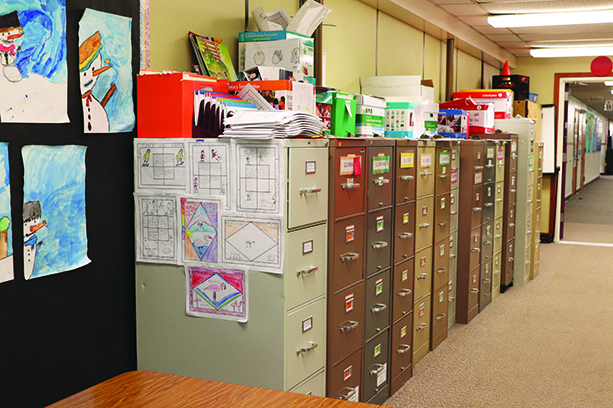
Recently, the capital levy has received push-back from families that live within the school district after the MSD school board announced a proposal to enforce feeder boundaries starting next year, which would limit the options of what school a child could attend based on where they live. Both the school district and the levy committee want to emphasize that this particular measure will have no effect on the boundary proposal and encourage you to make your voice heard at upcoming forums pertaining to that issue, whether you are for, or in opposition of, the school boundaries.
Many young Tulalip tribal members and students from other sovereign nations attend the grade schools. In fact, at Liberty alone Tulalip students make up over 10% of their 426 enrolled kids.
“The [school board] proposed boundaries for the next coming school year. A lot of people aren’t happy with it and are stating they’ll vote no for the levy, which will hurt overall,” expressed Ray. “The levy isn’t about the boundaries; the boundaries may never happen. The bottom line is these schools aren’t safe; it’s time to make a change. We’re really counting on our people out here. For our children, please vote yes for the Marysville School District capital levy.”
Tulalip Youth and Family Enrichment will be hosting a ballot party from 11:00 a.m. to 7:00 p.m. at the Don Hatch Youth Center on February 10, be sure to submit your ballot at the party for your chance to win a raffle prize.
